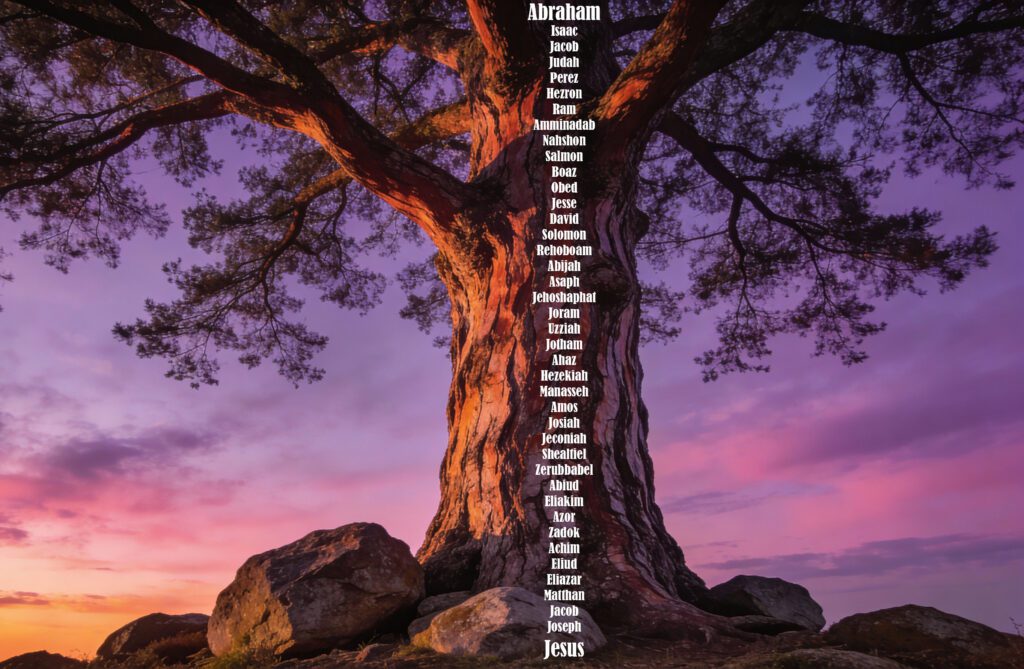One of the joys of teaching the Scriptures for over forty years has been those times when I have taught the book of Revelation to a particular church or group of saints.
Indeed, to this day, Revelation is the most requested series in our library. People continue to desire to be able to make sense out of this book.
Almost without exception, whenever I have taught this book, it has solicited one of two responses. First (and almost uniformly), I have had people tell me that for the first time in their lives, they were not afraid to read it. Sadly, the futurist view (that most of Revelation awaits fulfillment) has produced fear rather than faith. People who read it that way become more concerned with tank movements in the Middle East than Jesus Christ.
The second response is for the first time in their lives; people feel like they can actually understand this book. That is not surprising since Revelation was originally a letter that was read Sunday morning to gatherings of saints in Asia Minor, most of who were illiterate. John expected them to understand it, which is why it was sent to those churches in the first place. That is also why there was a blessing announced on both the one who read it as well as those who heard it (Revelation 1:3). Both reader and hearer were blessed in that they understood it.
Why then are so many people made to feel as if only scholars can understand it? I am convinced it is due to our refusal to approach Revelation as we do any other book. Revelation is, after all, a letter that should be read as any other letter in the New Testament corpus. True, it has its unique challenges due to the frequent use of symbolism to communicate its message. Still, we must keep coming back to the simple fact that those who first had it read to them on Sunday morning two thousand years ago, were expected to understand it.
Three things are key to grasping the meaning of the book and should define our approach. First, in order to understand Revelation, we should not ask what it first means to us but what a first century former pagan living in Thyatira, near the end of the first century understood it to mean. Someone once challenged me on that point saying they believed Revelation was written for us. I agreed. But I pointed out that Romans was first written to a first-century church and that we understand its application to us by first ascertaining what it meant to them. So also, Revelation, (along with all the other letters) cannot be understood until we first grasp what the original hearers understood it to mean. This is a basic rule of hermeneutics that “interpretation must precede application.”
Secondly, Revelation has unique challenges because it is written in symbolic language. In Revelation 1:1, John says that Jesus Christ “made it known” (the Revelation) to his servants. The word known in Greek is the word semaino, which means to communicate through signs and symbols. Some people push back on this, priding themselves in the fact that they take Revelation literally. But all language including that which is literal employs symbols. For example, Jesus, in John’s Gospel, said He was the ‘door’ (John 10: 9). Are we to understand by this that when we get to heaven, we will be able to recognize Jesus because he will be the only one with a knob and hinges? No; everyone realizes that this is symbolic language. And taking John’s Gospel literally requires us to realize that this is a symbol, and therefore interpret it as such. But in Revelation John did not just use symbols occasionally in the Revelation; rather, the entire book is said to be communicated by “signs and symbols.” Revelation is written in so-called “apocalyptic language”, a form of language, which relies heavily on symbols to communicate its message.
Finally, there is a simple reason we have difficulty today understanding the message of Revelation: every verse in Revelation is either a direct quote or at least echoes the Old Testament. Since Revelation is totally dependent on the Old Testament to understand, we have difficulty understanding it for the simple reason we don’t know our Old Testament. When we read of one of the symbols in Revelation and then go out and buy a USA Today to see if it has been fulfilled, we err. Rather, we should read these symbols asking the question, “What would a first century Jew thoroughly immersed in the Hebrew Scriptures (Old Testament) understand it to mean?”. Revelation is heavily dependent on the twin books of Ezekiel and Daniel to understand. If we are not familiar with them, there is no way we can understand Revelation.
Finally, there is no book in Scripture that provides us with such a majestic, naked vision of the Lord Jesus Christ. That’s why I am convinced that Satan has conspired to keep us out of this book by getting us to believe that this book is about computers in Brussels and marks in our forehead and hands rather than an unveiling of the glorious Lamb who now sits on the throne of the universe from whence he leads his people in endless victory as they give testimony to God and the Lamb.





Greetings Brother Neil:
Loved this letter – particularly the part about our Savior with “a knob and hinges.” You KILL me! How do I get “Revelation is the most requested series in our library.” Is it a book, audio series, vid? Don’t just send it to me. Let me buy it. I just can’t find it on the website (you need to chew on your web designer!)
Best to you and Shelly.
Joe Taylor